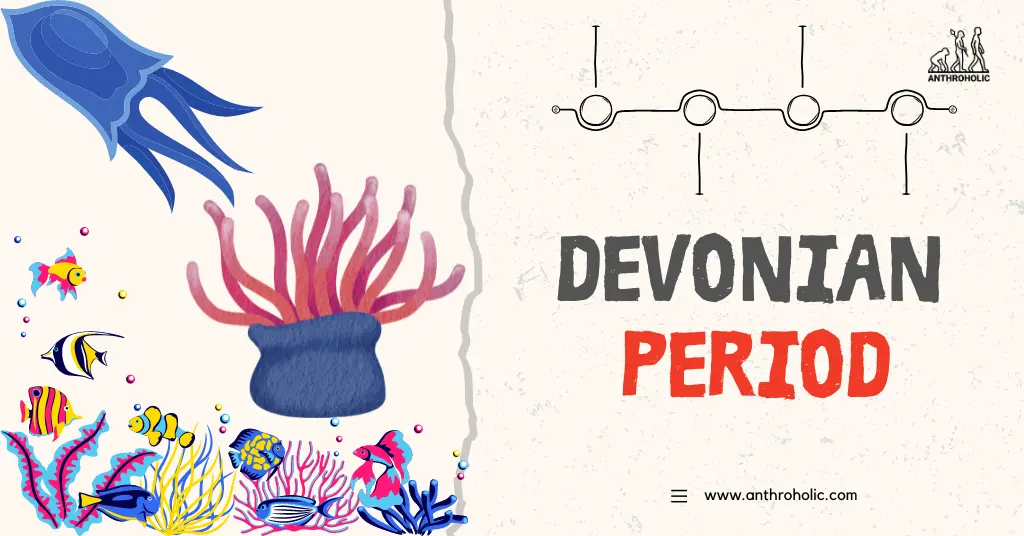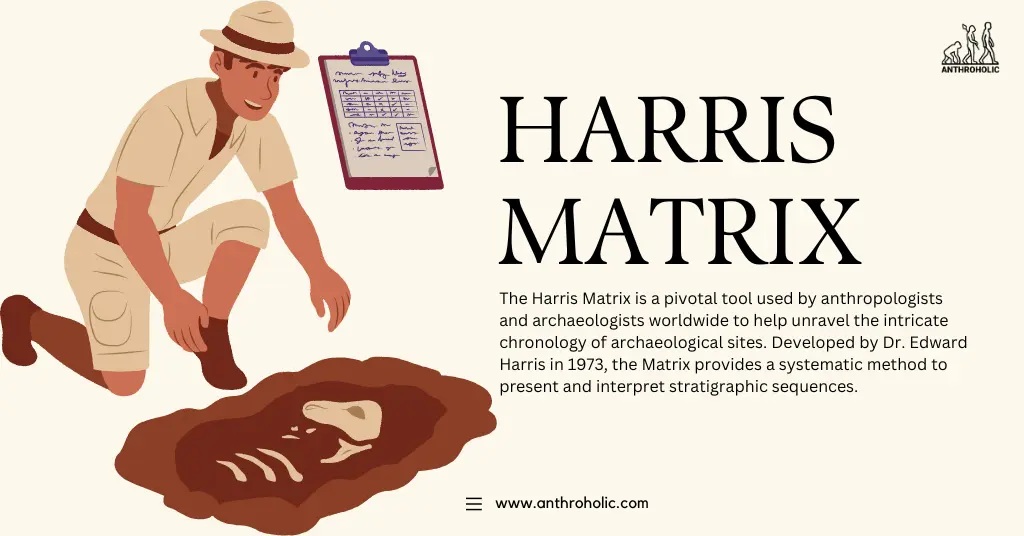AI Answer Evaluation Platform Live Now. Try Free Answer Evaluation Now
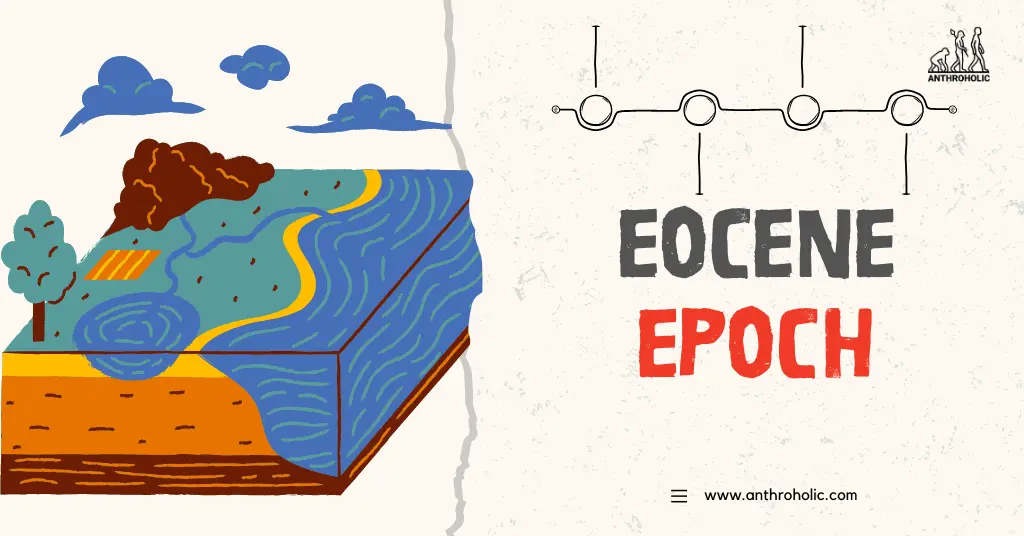
Eocene Epoch
The Eocene Epoch, one of the most intriguing periods in Earth's history, spans from around 56 to 33.9 million years ago, following the Paleocene Epoch and preceding the Oligocene Epoch.
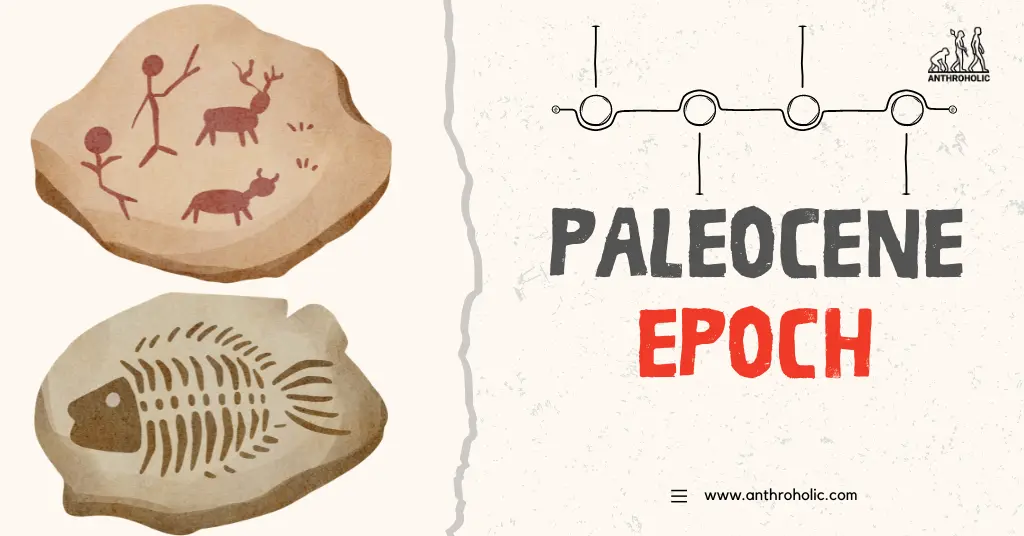
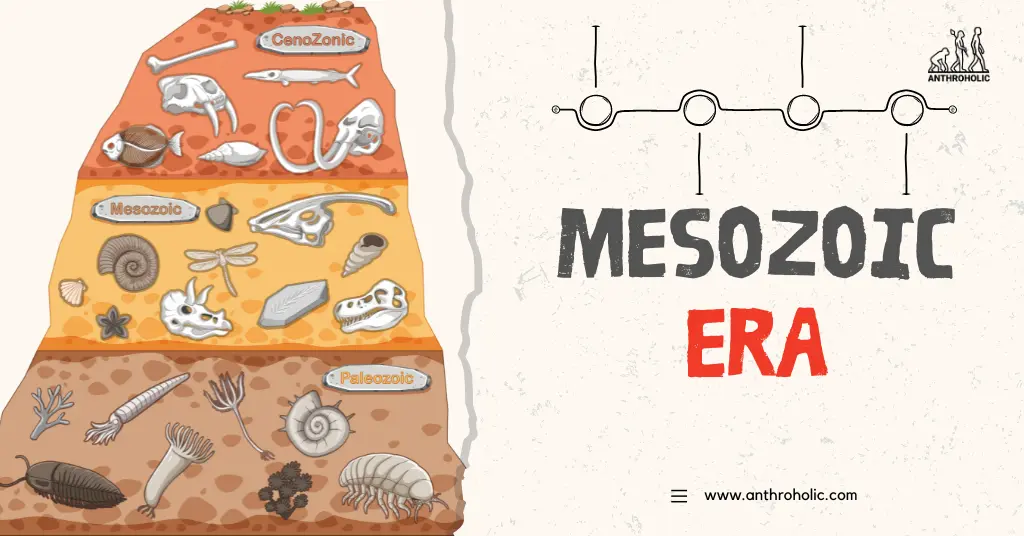
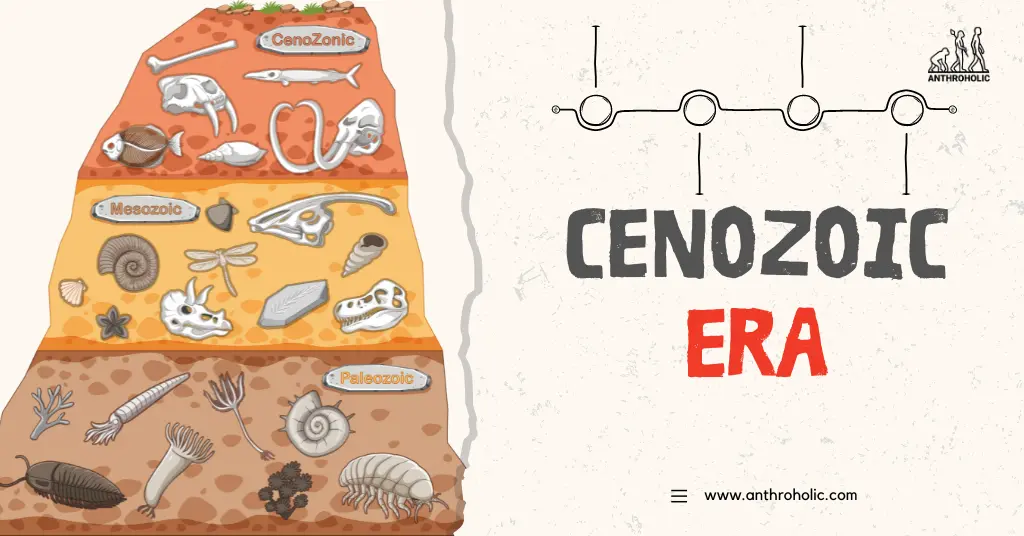
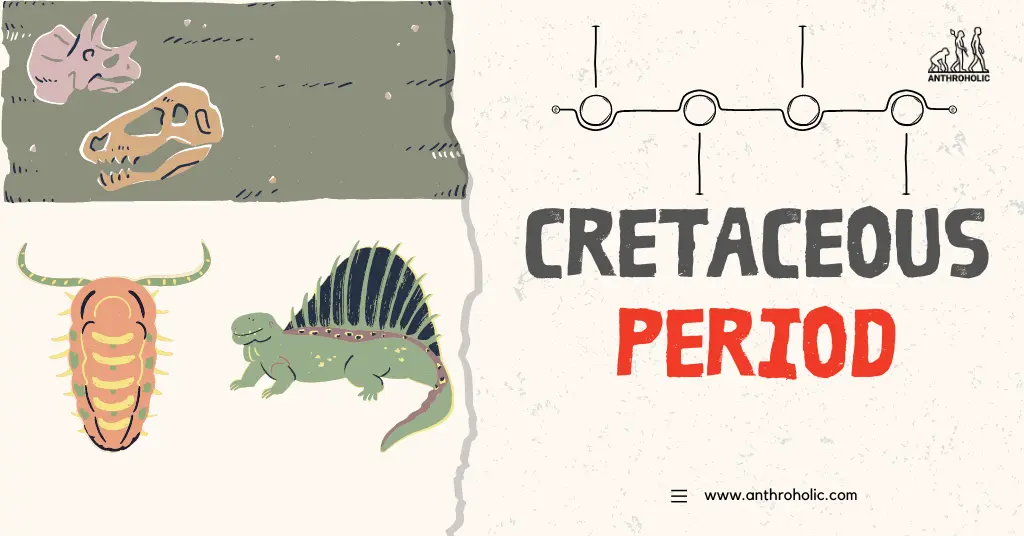
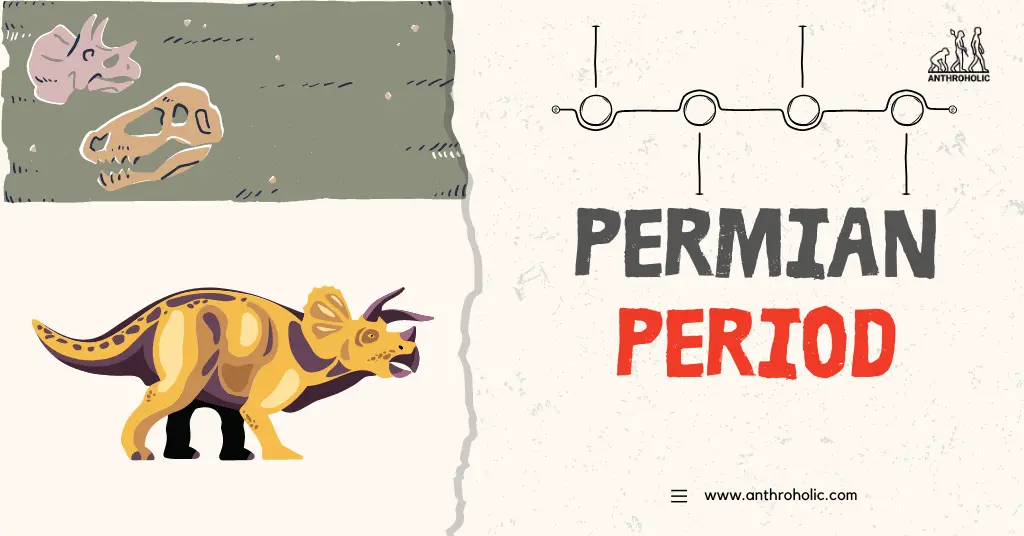

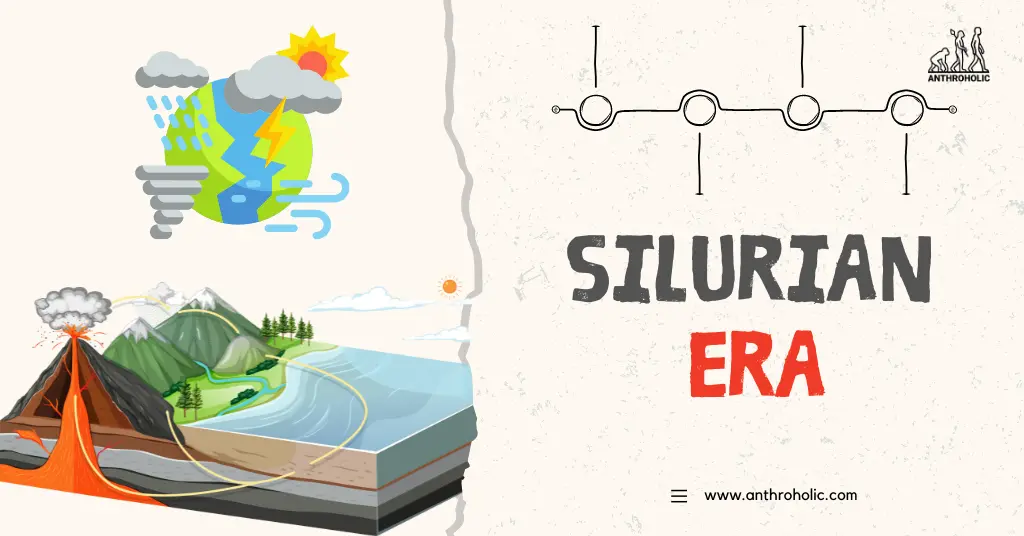
![The Cambrian Period, roughly 541 to 485.4 million years ago, marks a significant era in the history of life on Earth[1]. During this time, a remarkable explosion of diversity occurred, with the first appearance of many multicellular organisms and early forms of many major groups of animals alive today.](https://anthroholic.com/wp-content/uploads/2023/08/Cambrian-Era-in-Geological-Time-Scale-in-Archaeology.webp)
